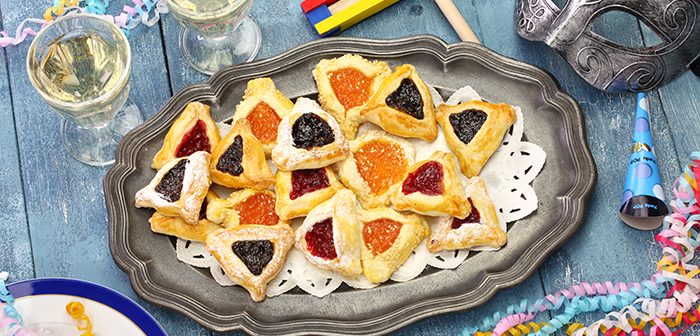While vibrant colors and boisterous revelry might make you think of Holi, the Hindu festival of colors, there’s another celebration happening around the same time that shares some surprising similarities. Purim, the joyous Jewish festival commemorating deliverance from annihilation, explodes across synagogues and homes in India, creating a unique blend of traditions.
At the heart of Purim lies the captivating story of Queen Esther, a brave Jewish woman who, with her cousin Mordecai, thwarted a plot by the evil Haman, advisor to King Ahasuerus of Persia, to wipe out the Jews. Through courage, wit, and a strategically timed banquet, Esther exposed Haman’s treachery, saving her people. Purim, which falls on the 14th day of the Hebrew month of Adar (usually in February or March), celebrates this triumph of good over evil.
In India, with its long history of Jewish communities, Purim takes on a special flavor. The coincidence with Holi adds another layer of vibrancy. Though rooted in different religions, both festivals celebrate the victory of good over evil – Holi with the story of Prahlad overcoming his demoniac father, Hiranyakashipu. This thematic overlap creates a fascinating cultural exchange, with some Indian Jews incorporating elements of Holi into their Purim festivities.
The cornerstone of Purim celebrations in India, as elsewhere, is the Megillah reading. The dramatic narration of the Book of Esther, filled with moments of booing and cheering for the heroes and villains, comes alive in synagogues. Mumbai’s Magen David synagogue, for instance, witnesses the story of Esther being sung in a unique blend of Hebrew and Marathi, accompanied by traditional Indian instruments like the dholak and harmonium.
Another vibrant tradition is dressing up in costumes and masks. Children, and sometimes adults too, relish the opportunity to transform into their favorite characters, from historical figures to superheroes. This custom echoes the disguises Esther and Mordecai adopted to navigate the Persian court, adding a playful dimension to the festivities.
Food plays a starring role in any Indian celebration, and Purim is no exception. The star of the show is the Hamantaschen, delicious triangular pastries with sweet fillings like poppy seeds, dates, or apricots. These pastries are believed to symbolize Haman’s ears or pockets, a playful reminder of his downfall. Interestingly, some Indian Jewish communities have incorporated local flavors into their Hamantaschen fillings, using nuts and spices typical of Indian cuisine.
Beyond the delicious treats, Purim is a time for feasting and merriment. Traditional Indian sweets like Gulab Jamun or Jalebis might find their way onto the Purim table, reflecting the beautiful blend of cultures. Sharing these delicacies with friends and neighbors strengthens the bonds within the community and fosters interfaith connections.
The spirit of Purim also extends to acts of charity, known as Matanot La’evyonim. Donating food or money to those less fortunate is a way of embodying the spirit of Esther, who used her position to help her people. In India, this tradition takes on a local twist. Synagogues often organize food drives or partner with local charities to extend a helping hand to those in need.
Purim celebrations in India are a testament to the rich tapestry of the country’s cultural landscape. The joyous chaos of Purim, with its costumes, noisemakers (groggers), and playful traditions, sits comfortably alongside the vibrant energy of Holi. This unique confluence creates a celebration that is both deeply rooted in Jewish tradition and distinctly Indian.
As the echoes of Purim celebrations fade, they leave behind a sense of community, resilience, and the enduring spirit of good triumphing over evil. In the land of vibrant colors and joyous revelry, Purim adds its own unique melody to the symphony of Indian festivals, a testament to the beauty of cultural exchange and the universal human desire to celebrate hope and joy.




